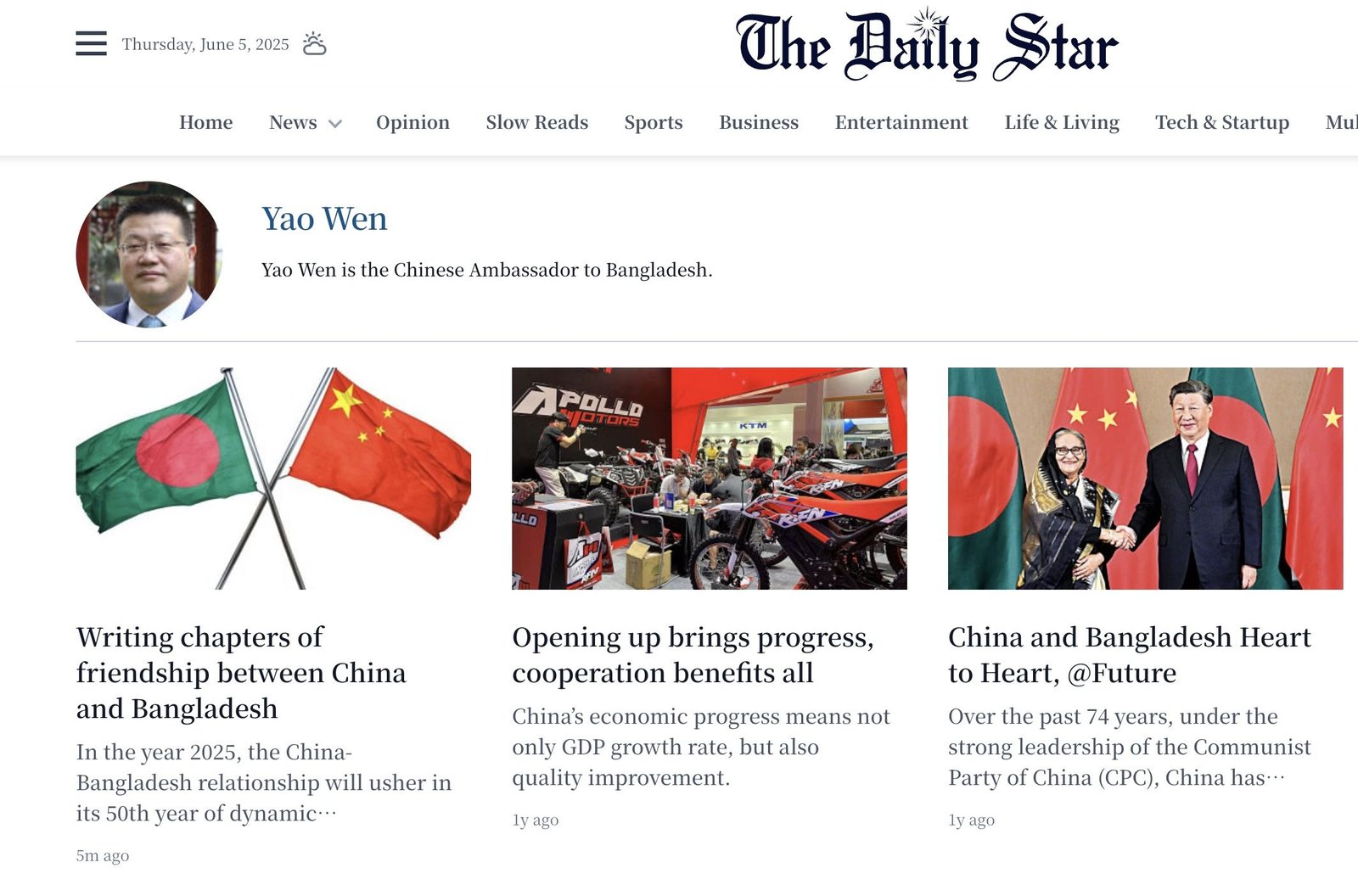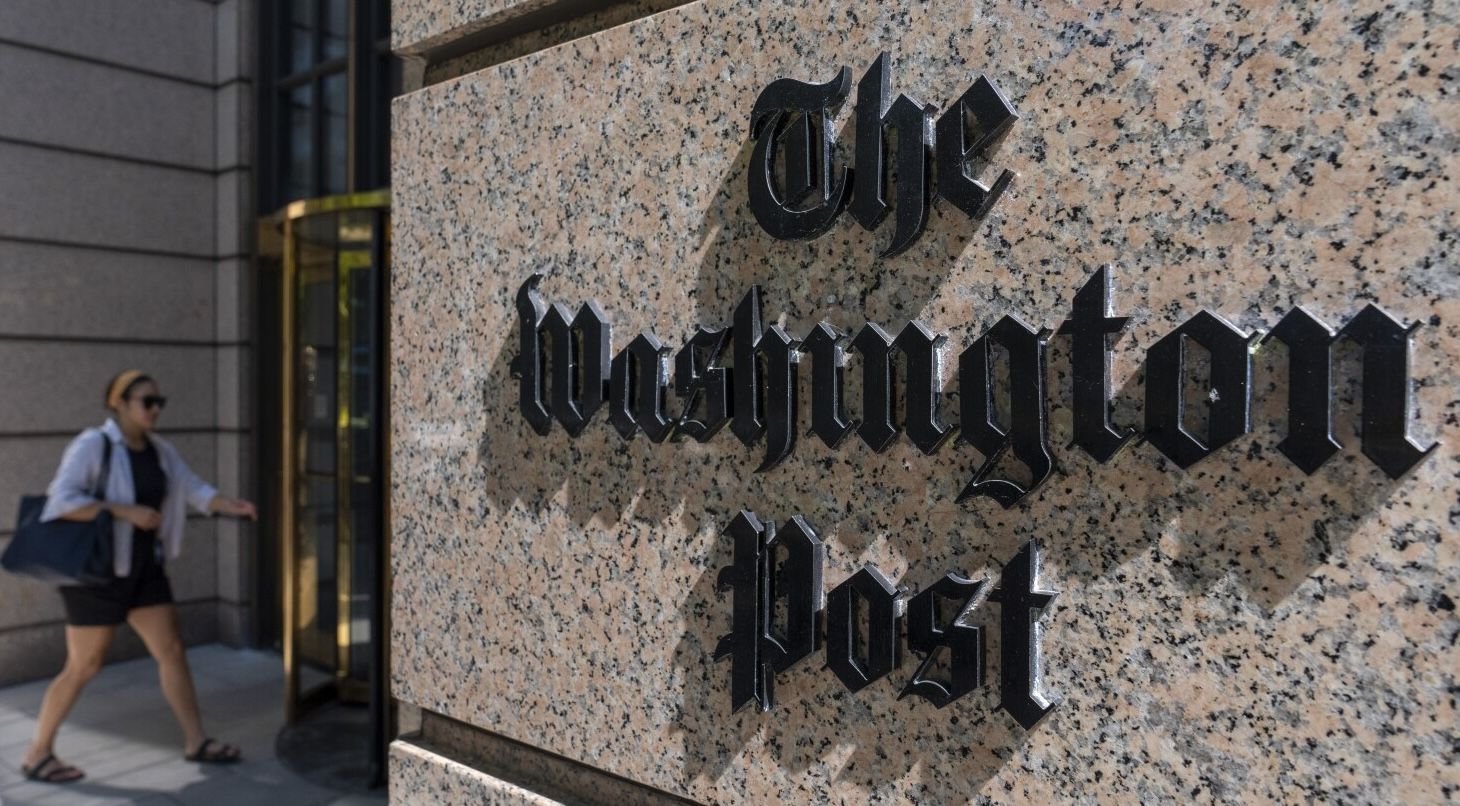Chinese Ambassador Criticizes Tariffs in German Media
On April 24, 2025, the Chinese Ambassador to Germany published an article in the Frankfurter Allgemeine Zeitung titled “Tariff Abuse Is Turning Back the Clock of History” (濫施關稅是開歷史倒車), criticizing U.S. President Donald Trump’s announcement of sweeping tariffs on global imports. The article referenced the 1930 Smoot-Hawley Tariff Act, a U.S. protectionist measure that raised tariffs on thousands of imported goods and triggered retaliatory tariffs worldwide, contributing to the Great Depression. Deng accused the US of prioritizing its own interests over global development and characterized American tariff policy as “blatant protectionism and unilateral bullying.” The article, clearly intended to encourage German and European support against the trade actions of the Trump administration, called for China and Europe to strengthen cooperation in maintaining a rules-based multilateral trading system.









